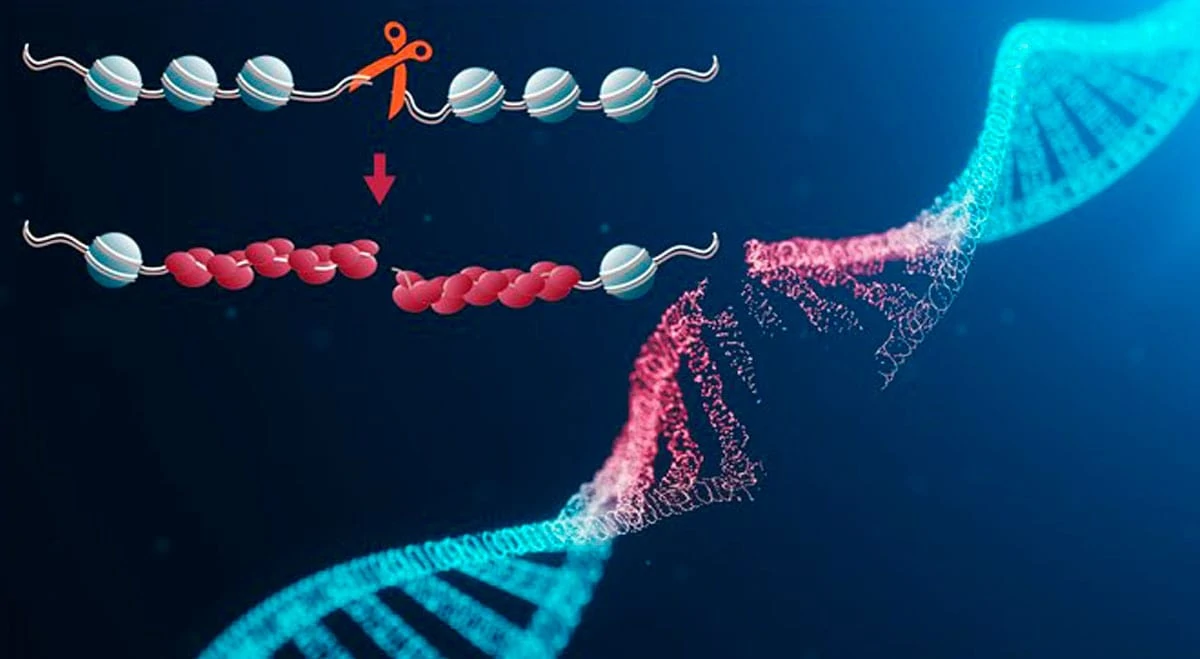MPI for Biochemistry develops new method to analyze DNA double-strand breaks
New technique based on next generation sequencing determines whether a protein binds to single-stranded or double-stranded DNA.
April 2021

© rost9, AdobeStock/ modifiziert M. Peritore, MPI für Biochemie
Molekulare Prozesse an einem DNA Doppelstrangbruch.

© Susanne Vondenbusch-Teetz, MPI für Biochemie
Dr. Boris Pfander, Leiter der Forschungsgruppe „DNA-Replikation und Genomintegrität“ am Max-Planck-Institut für Biochemie.
“With the help of this ChIP-seq method, we were able to determine whether a protein binds to the single stranded or double stranded DNA domain,” explained Dr. Boris Pfander, head of the research group “DNA Replication and Genome Integrity” at the Max Planck Institute of Biochemistry.”
Dr. Boris Pfander
Head of the research group “DNA Replication and Genome Integrity” at the Max Planck Institute of Biochemistry
DNA in our cells is constantly exposed to damaging agents, such as UV light or byproducts of cellular metabolism like reactive oxygen species. The most severe form of DNA damage are DNA double stranded breaks. In order to keep the genetic information intact, cells need to repair these double stranded breaks. The most faithful repair process is homologous recombination, which involves DNA end resection, the degradation of one DNA strand at each side of the break. Two different domains are therefore created around the double strand breaks: one containing single-stranded DNA and one containing double-stranded. Researchers from the team of Boris Pfander, head of the research group “DNA Replication and Genome Integrity” at the Max Planck Institute of Biochemistry have now developed a ChIP-seq-technique, based on chromatin-immunoprecipitation followed by next-generation sequencing. With the help of this ChIP-seq method, the researchers were able to determine whether a protein binds to the single stranded or double stranded DNA domain. Therefore, they could shed light on the fate of nucleosomes, the fundamental unit of chromatin, during DNA end resection. Martina Peritore, first author of the study, explains, “Previous in vitro data have shown that nucleosomes can form not only on double-stranded DNA but also on single-stranded DNA. In contrast, we observed that in yeast cells nucleosomes are removed from DNA during resection. That is, DNA resection and nucleosome removal are coupled.” These results suggest that the epigenetic information associated to nucleosomes is lost once cells enable resection. Peritore continued, “Our work therefore raises the question of how such information is restored after a DSB has been repaired”. The study was published in the scientific journal Molecular Cell.



